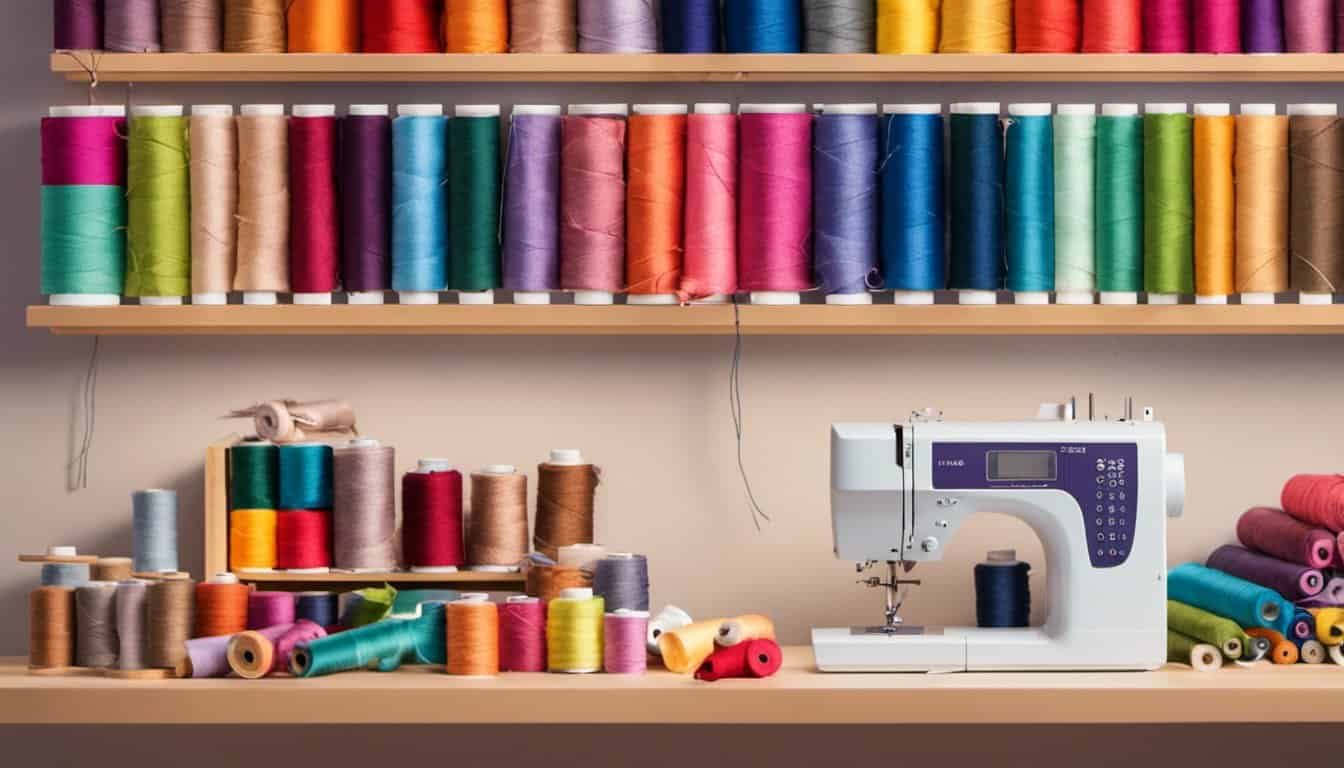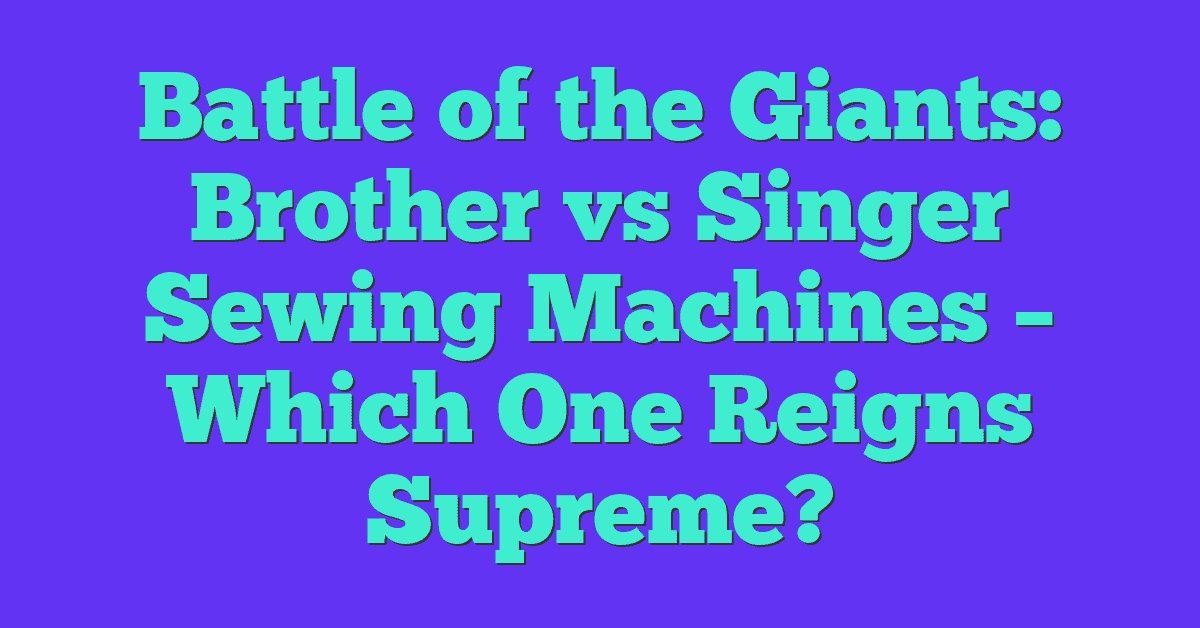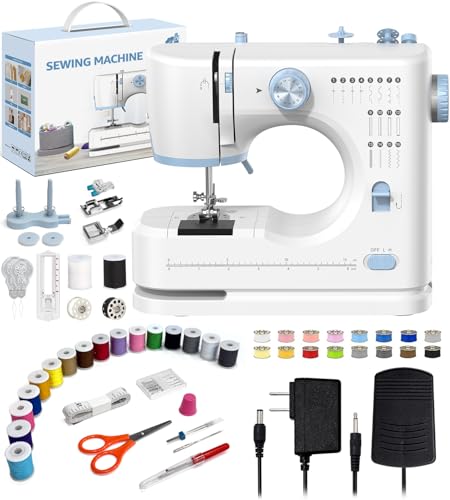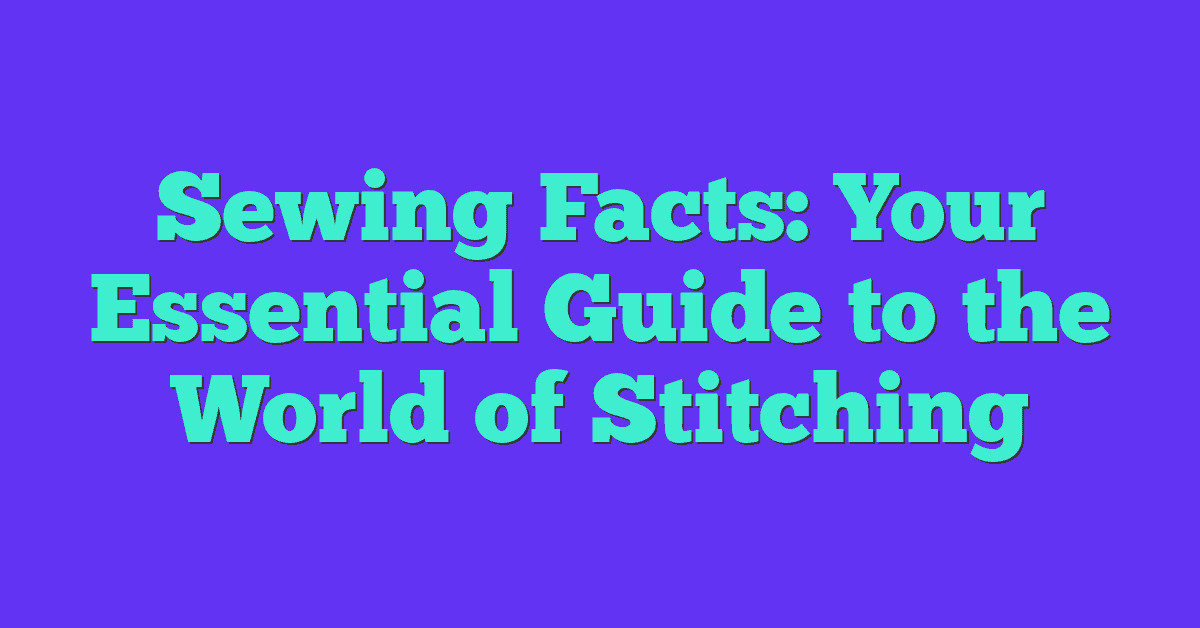Choosing the right sewing machine can feel like navigating a maze, especially when you’re torn between two iconic brands like Brother and Singer. Both offer a rich history and a range of models that cater to everyone from beginners to seasoned pros. So, how do you decide which one suits your needs best?
Understanding the Basics of Sewing Machines
Sewing machines come in a range of types and styles, each designed to suit different sewing needs. Knowing the basics helps you make an informed choice.
Types Of Sewing Machines
- Mechanical Sewing Machines: Operate with manual controls. Ideal for beginners due to their simplicity and affordability.
- Electronic Sewing Machines: Offer automated features and ease of use. Suitable for those who sew regularly and want more functionality.
- Computerized Sewing Machines: Provide a wide range of stitches and patterns through a digital interface. Perfect for advanced users seeking versatility.
- Embroidery Sewing Machines: Specialized for detailed embroidery work. Great for adding intricate designs to projects.
- Serger Machines: Also known as overlock machines. Useful for professional finishes and cutting fabric edges simultaneously.
- Stitch Options: Number and variety of stitches. Essential for versatility and creativity.
- Speed Control: Adjustable speed settings. Important for precision and handling different fabrics.
- Automatic Needle Threader: Simplifies threading. A time-saver, especially for those with fine motor skill challenges.
- Buttonhole Styles: Different buttonhole types available. Needed for projects involving garments.
- Bobbin System: Drop-in vs. front-loading bobbins. Drop-in systems are easier to install and monitor.
- Accessories: Included presser feet and attachments. Useful for expanding machine functionality.
- Durability: Build quality and materials. Important for long-term use and consistent performance.
Understanding these basics ensures you select a sewing machine that meets your crafting requirements and enhances your sewing experience.
History and Brand Evolution
Brother: From Start to Present
Brother, founded in 1908, began as Yasui Sewing Machine Co. In 1934, it launched its first domestic sewing machine. Over the years, Brother expanded, introducing computerized models, embroidery machines, and multi-function devices. They focus on innovation, offering features like automatic needle threading and extended work areas. Brother’s consistent advancements make their machines popular among both beginners and experienced sewists.
Singer: Pioneering Innovations
Singer, established in 1851, revolutionized sewing with its practical, easy-to-use machines. In 1889, Singer unveiled the first electric sewing machine. They pioneered the zigzag stitch, touch-and-sew capabilities, and portable models. Singer’s dedication to user-friendly, innovative designs earned them a strong reputation in the sewing community. Their machines balance tradition and modernity, appealing to a wide range of sewing enthusiasts.
Comparing Brother and Singer Sewing Machines
Brother and Singer are two of the most respected brands in the sewing machine industry. Each offers unique advantages and caters to different needs.
Performance and Reliability
Both brands are known for reliable performance, though they excel in different areas. Brother machines often come with advanced features like automatic thread cutters and built-in stitches, ensuring efficient operation for complex projects. Singer machines, known for their sturdy build, maintain consistent performance for heavy-duty sewing, like quilting and multiple layers of fabric. If you prioritize innovation, Brother might suit your needs. For durability, consider Singer.
Variety and Model Options
Brother and Singer provide a wide range of models, from beginner to advanced. Brother’s lineup includes models like the Brother CS6000i, which offers 60 built-in stitches and a user-friendly LCD screen. Singer presents options like the Singer Heavy Duty 4423, known for its robust motor and high sewing speed. If you’re a beginner, you might prefer Brother’s simpler, feature-packed models. Advanced users often lean towards Singer’s specialized models for demanding tasks.
Price and Value for Money
Both brands cover a broad price spectrum, ensuring options for various budgets. Brother generally provides affordable models with numerous built-in features, presenting great value for entry-level users. For example, the Brother XM2701 offers 27 stitches at a competitive price. Singer, while slightly pricier, delivers long-lasting machines with powerful motors. The Singer Quantum Stylist 9960, though higher in cost, includes extensive accessories and advanced functions. Factor in your budget and long-term needs to determine the best value for you.
Each brand brings distinct strengths. Whether innovation, durability, or value guides your choice, both Brother and Singer have something to offer for any sewing enthusiast.
Customer Feedback and Market Reputation
Customer reviews and market reputation are crucial when deciding between Brother and Singer sewing machines. This section delves into feedback from users to give you a clear idea of each brand’s standing in the market.
Brother User Reviews
Many users appreciate Brother sewing machines for their advanced features and user-friendly interfaces. Automatic needle threading, programmable patterns, and various stitch options receive praise. Beginners and intermediate sewers often commend Brother for its ease of use. For example, the Brother CS6000i is popular among hobbyists for its versatility and affordability, often highlighted in reviews for its ability to handle different fabrics and complex projects without issues. Additionally, Brother’s customer support is often mentioned positively, enhancing the overall user experience.
Singer User Reviews
Singer sewing machines are widely recognized for their durability and powerful performance. Long-time sewers frequently share positive experiences, noting the longevity of their Singer machines. Users often highlight the heavy-duty models like the Singer 4452, praising its ability to sew through thick fabrics like denim and leather seamlessly. Reviews frequently mention the machine’s solid build and motor strength as key factors in choosing Singer. However, novice users sometimes report a steeper learning curve compared to Brother. Despite this, the brand maintains a strong reputation for reliability and robust customer support.
Making the Right Choice
When considering a sewing machine, you need to think about your specific needs and preferences. Both Brother and Singer offer unique advantages.

Who Should Choose Brother?
Advanced Features: If you appreciate advanced features, Brother machines are ideal. Models like the Brother CS6000i include automatic needle threading, built-in stitches, and an LCD screen for ease of use.
Affordability: Budget-conscious users will find Brother machines more affordable. Despite the lower price, you won’t compromise on quality or features, making it a great value.
Ease of Use: Beginners and casual users should consider Brother. The user-friendly interfaces and comprehensive instructional manuals simplify the learning curve.
Versatility: Brother machines cater to a wide range of sewing tasks, including embroidery. For instance, the Brother SE600 combines sewing with embroidery, providing versatility for various projects.
Who Should Choose Singer?
Durability: If you prioritize durability, Singer machines stand out. Models like the Singer 4452 are built to withstand heavy use, making them perfect for frequent sewists.
« Unlock the Power of Sewing for Charity: Transform Lives with Your Talents Today
Revolutionize Your Wardrobe: Master How to Sewing Clothes with These Pro Tips »
Powerful Performance: Those who work with heavy fabrics or require a powerful motor will benefit from Singer’s robust performance. High-end models handle thick materials with ease.
Reliability: Experienced users seeking reliable performance over many years will find Singer machines reliable. Their longstanding reputation for durability assures sustained quality.
Heavy-Duty Tasks: For heavy-duty sewing tasks, Singer provides excellent options. The Singer Heavy Duty 4411, for example, is equipped to handle rigorous sewing sessions without faltering.
Conclusion
Choosing between Brother and Singer sewing machines ultimately depends on your specific needs and preferences. If you’re a beginner or need a machine that’s user-friendly and packed with modern features, Brother might be your best bet. Their models offer great versatility and come at an affordable price.
On the other hand, if you’re an experienced sewer looking for a machine that can handle heavy-duty tasks and provide long-term reliability, Singer is a fantastic choice. Their powerful motors and durable build make them perfect for more demanding projects.

Both brands have their unique strengths, so consider what matters most to you in a sewing machine. Happy sewing!

















